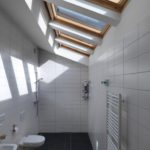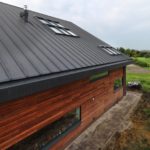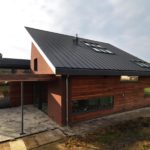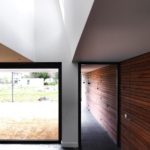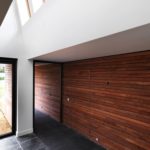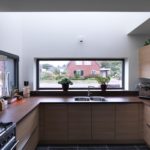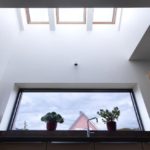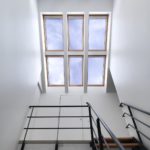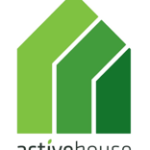House of Tomorrow Today (HoTT)
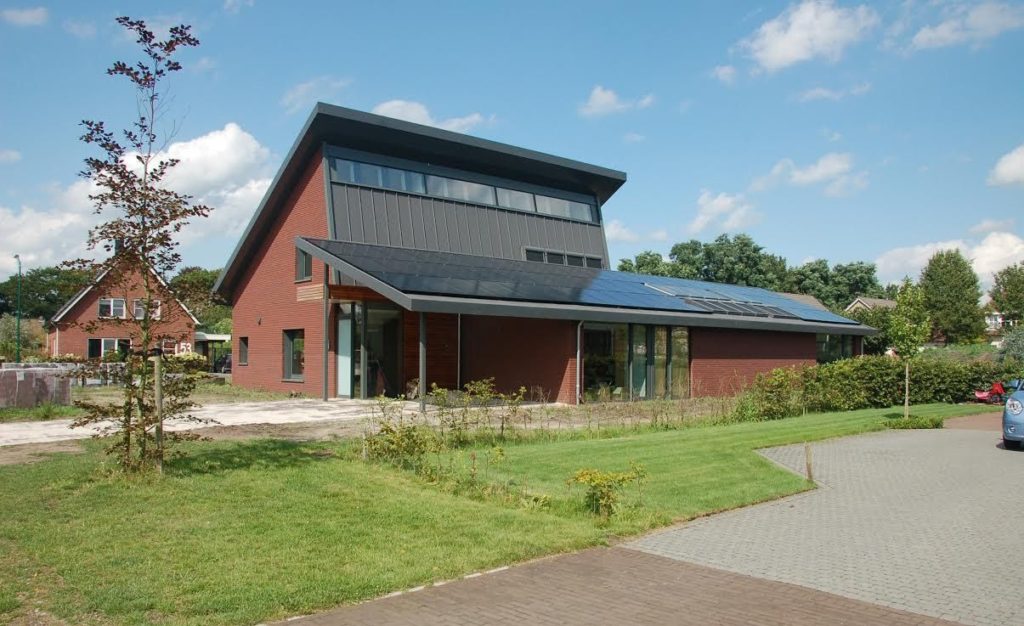
Comfort: HoTT holds 19 roof windows and large scale façade openings. All rood windows and east and west façade windows are automated sun screen system. South façade openings are shaded in summertime by roof overhangs. Every room has two façades with large window openings, exceeding 5%. Even the bathrooms are extremely bright by roof windows or high positioned glass bands.
HoTT holds a natural ventilation system with hidden CO2, H2O and wind controlled and filtered façade air supply louvres, all ‘wet/dirty’ rooms have an automatic controlled extraction system. Ventilation level is for health reasons twice the level of what is required. Cooling is proved by night ventilation supported by floor cooling (only during pv energy production). Each room is T-controlled separately.
Special attention was also payed to the sound insulation and limiting reverberation.

Energy: 95m2 PV panels on the south oriented roof produce 15,000 kWh energy for (mainly floor) heating and domestic use, leaving a comfortable surplus for an electric car. Six solar collectors produce hot water. Heating and active cooling (only in case of PV production) is provided by an air and water heat pump (COP 4.5). The house is also subject for R&D regarding home automation among others, regarding controlling energy flows.
Overall insulation level (U value) is for roofs, façades and ground level floor equally 0.15 W/m2K. Partition walls and floors are 0.4 W/m2K. Windows are triple glazed partly highly efficient double glazed (both around 0.8 – 0.9 W/m2K). To avoid draught and to reduce energy consumption the house is treated air tight and blower door tested.
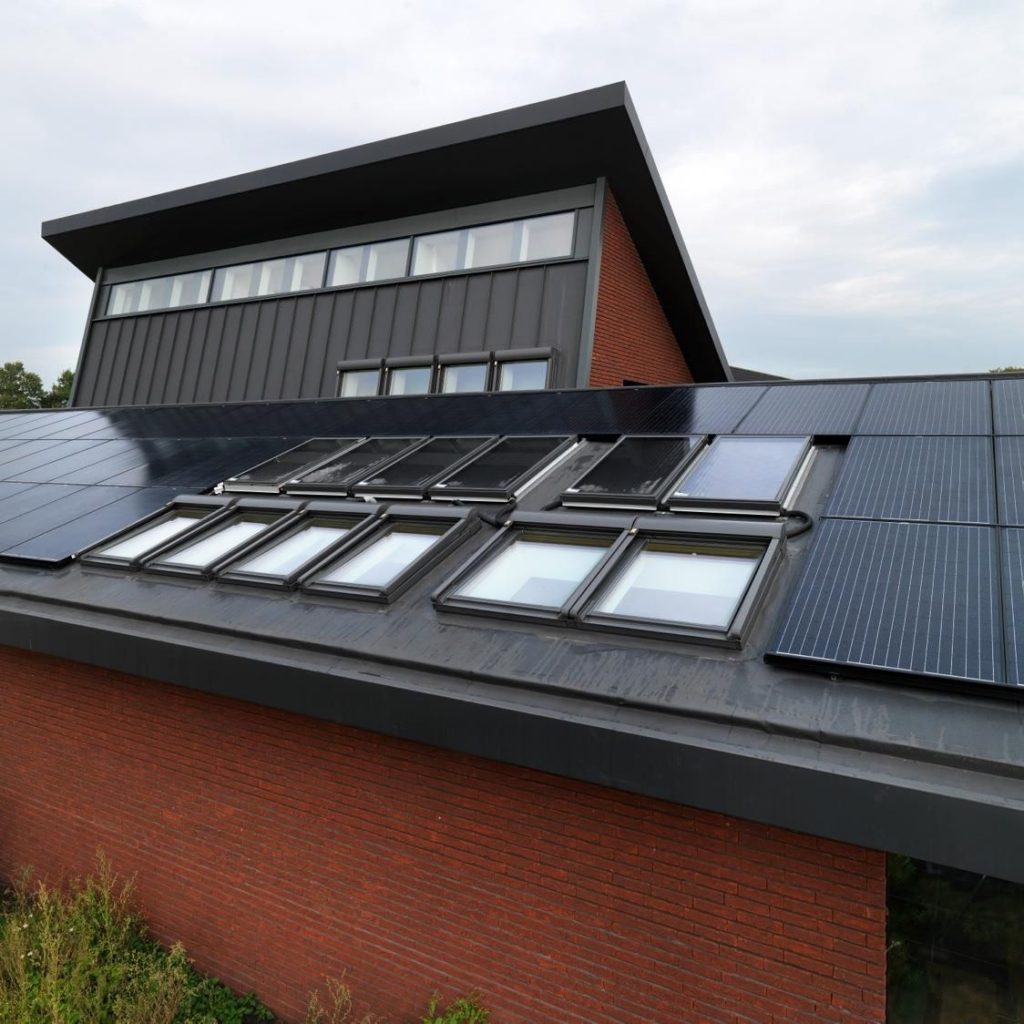
Environment: By applying the principles of Slimbouwen the use of material was reduced by approx. 50% (apart from ground level floor and foundation only length weight structures were used). Rule was to select 90% of the materials produced within a circle of 200km max., based on European resources and to be designed for reassembly and reuse after end of life.
Rainwater is infiltrated under the bottom while water saving shower heads have been installed.
LCA based analysis was provided by a Dutch leading consultant based on GPR. Also an AH radar was drawn up. They both show a dip with regard to the environment, mainly caused by the amount of PV and the amount of glass. Analysis showed that it is still best to stick with the choices made in the HoTT project which are those of Healthy Buildings.

